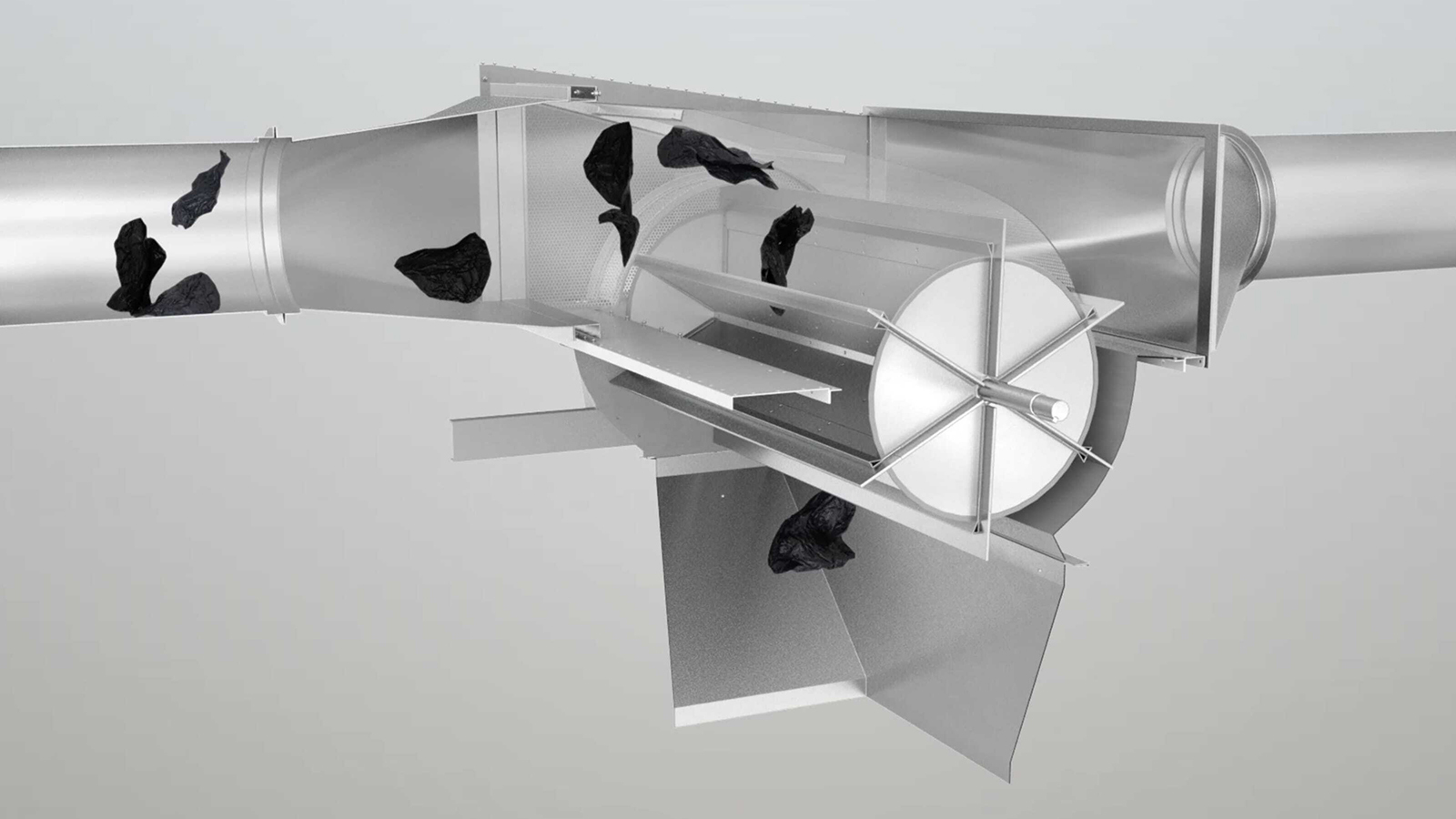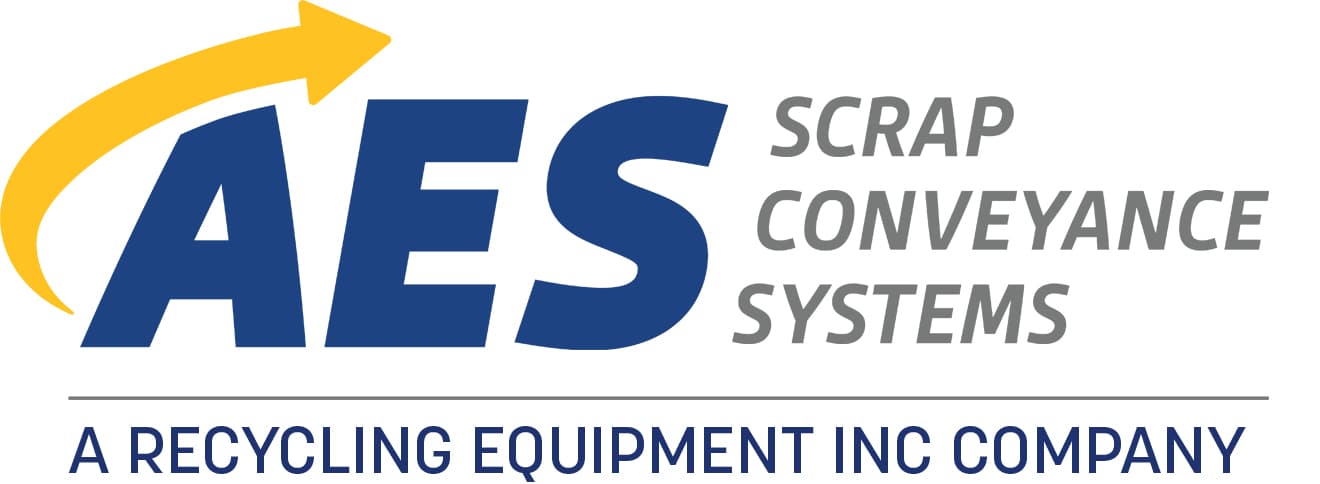
Material Recovery Facilities (MRFs) play a crucial role in waste separation and recycling processes, ensuring that recyclable materials are properly sorted and processed for reuse. However, one of the most persistent challenges in MRF recycling is the contamination caused by plastic films and bags. These materials can severely disrupt operations, causing equipment malfunctions, increasing maintenance costs, and reducing the quality of recyclable bales.
Addressing plastic film contamination early in the sorting process is essential to improving the overall efficiency of MRFs. By implementing advanced technology recycling solutions, facilities can enhance the performance of their recycling operations, optimize waste separation, and produce higher-quality bales.
What are Challenges Posed by Plastic Films and Bags in MRF?
Plastic films and bags are notorious for wrapping around machinery components, such as shafts and disc screens. This entanglement can lead to:
- Increased maintenance costs due to excessive wear and tear.
- Frequent equipment downtime, causing inefficiencies in facility throughput.
- Safety hazards from film accumulation on walkways and platforms, increasing the risk of slips and falls.
- Contamination of recyclable materials, reducing the quality and value of processed bales.
If left unaddressed, these issues can significantly impact a MRF’s overall efficiency and profitability. By implementing proactive measures, facilities can minimize these risks and maintain a more streamlined plastic film recycling process.
What are the Plastic Film and Bag Impacts on Recycling Processes?
Beyond the direct impact on machinery, plastic films and bags negatively affect the sorting and recycling processes, from efficiency to decreased bale value. When these contaminants mix with other recyclables, such as paper or aluminum, it becomes increasingly difficult to produce clean bales. Buyers may reject contaminated bales, leading to wasted resources and financial losses. Moreover, contaminated materials require additional processing, which increases operational costs and energy consumption.
What are Plastic Bag Environmental Concerns?
When plastic films and bags are not properly separated, they often end up in landfills or incinerators, contributing to pollution. Unlike rigid plastics, these materials are lightweight and prone to becoming airborne, exacerbating environmental issues. Ensuring effective separation at the MRF stage can help mitigate these negative environmental impacts.
What are the Benefits of Early Bag and Film Contamination Removal?
Plastic film and bag contamination should be addressed as early as possible in the recycling process to mitigate the risks associated with equipment damage, downtime, and reduced bale quality. Implementing an effective separation system early on can improve overall facility performance, increase material recovery rates, and support a cleaner and more sustainable recycling stream.
Protecting Recycling Machinery
By removing plastic films and bags early in the recycling process, MRFs can significantly extend the lifespan of sorting and waste separation equipment. This proactive approach helps prevent:
- Jams and mechanical failures that halt production.
- Unnecessary repair expenses caused by film-related damage.
Improving Safety
Eliminating film accumulation ensures a safer working environment for employees. Slip hazards are minimized, and workers can operate in a more organized and efficient setting. Additionally, reducing the presence of plastic films in work areas decreases the risk of fires, which can be a concern in high-friction environments.
Enhancing Operational Efficiency
When plastic films and bags are properly separated early on, recycling facilities experience:
- Streamlined sorting processes, leading to uninterrupted operations.
- Cleaner, higher-value bales, which enhance the overall quality of recyclables.
- Reduced contamination, ensuring that baled materials meet industry standards and are more marketable.
Financial Benefits
Removing plastic films and bags at the outset of the recycling process results in substantial cost savings by:
- Reducing the number of rejected loads, and maximizing bale revenue.
- Lowering maintenance costs associated with constant repairs.
- Minimizing downtime, keeping operations running smoothly.
Contribution to Sustainability
By ensuring cleaner bales and reducing contamination, MRFs can support a more circular economy in which high-quality recycled materials are reintroduced into manufacturing processes. This reduces reliance on virgin materials, ultimately decreasing energy consumption and carbon emissions.
The AES Film & Bag Capture System: A Game-Changing Solution
AES has developed an innovative solution to tackle the challenges posed by plastic film contamination in MRFs. The AES Film & Bag Capture System is designed to efficiently remove plastic films and bags without disrupting operations, and integrates seamlessly into existing equipment configurations.
System Features
The AES Film & Bag Capture System incorporates cutting-edge air separation technology for seamless contaminant removal. Key features include:
- Modular design that integrates effortlessly into existing facilities.
- Vacuum pick-up hoods and heavy-duty ducting for superior collection capabilities.
- AirShark™ Air Material Separator for precise isolation of plastic films.
- Auger bag compactor and control panel for efficient material management.
Benefits of the AES Film & Bag Capture System
- Precision isolation of films and bags without interfering with normal facility operations.
- Adaptability to various facility layouts, including outdoor installations.
- Hassle-free installation with comprehensive support:
- Initial assessment and customization based on facility needs.
- Full setup and operator training for smooth implementation.
- Ongoing support to ensure long-term success.
Best Practices for Implementing Film and Bag Capture Systems
Conducting a Facility Audit
Before integrating a bag and film capture system, facilities should conduct a thorough assessment of their waste streams and contamination levels. Identifying the primary sources of plastic film contamination can help tailor the solution for maximum effectiveness.
Employee Training
Proper training ensures that staff can operate the system efficiently and recognize potential contamination issues. Providing hands-on training sessions and periodic refresher courses can enhance long-term success.
Ongoing Maintenance and Monitoring
Regular maintenance of the AES Film & Bag Capture System ensures optimal performance. Follow recommended preventive maintenance schedules and practice good housekeeping around equipment and personnel areas.
Experience the Efficiency of a Film & Bag Capture System in Your Facility
Early removal of plastic films and bags is critical for optimizing MRF recycling processes. By addressing contamination at the start, facilities can protect equipment, enhance operational efficiency, and improve the quality of their recyclable bales.
The AES Film & Bag Capture System provides a proven solution for tackling these challenges. With easy ‘plug and play’ integration, this system enables MRFs to operate more efficiently and cost-effectively without radical changes to existing equipment configurations
Ready to transform your facility? Contact AES today to learn more about our Film & Bag Capture System or to discuss a custom solution tailored to your needs.
